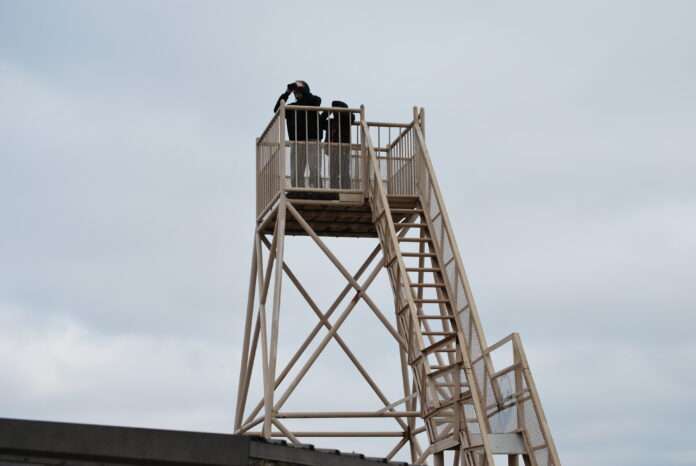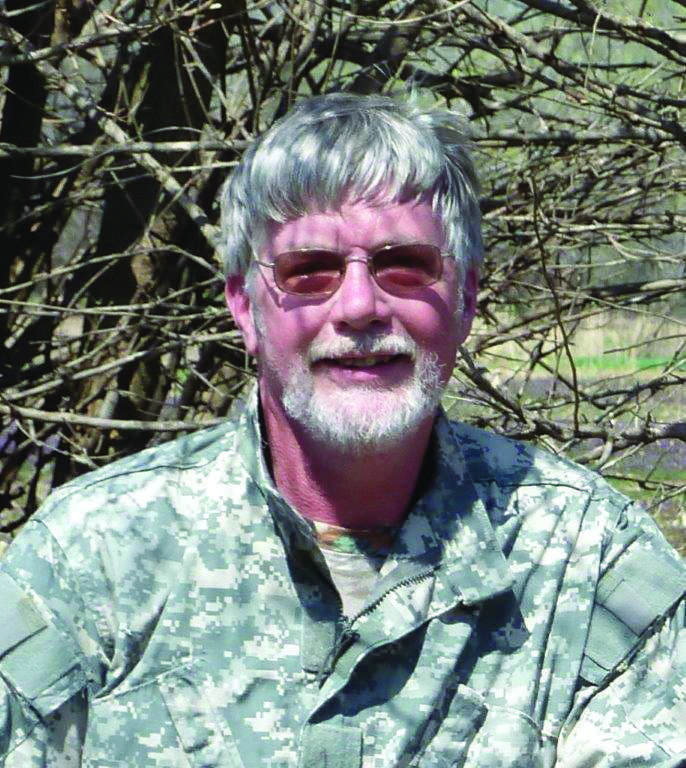The year was 1957; the date was somewhere between March 1 and May 1 depending on whose account you read. As quoted in the July 1957 issue of Kansas Fish and Game magazine, “The first light of dawn revealed a dismal scene. Light rain was falling and the dark skies overhead gave indication that the day would be unpleasant. Even so, an estimated 80 to 100 fishermen huddled in raincoats and waited in cars for the gun which would signal that fishing time had arrived. A few had been at the lake overnight sleeping in tents or cars. The sound of the shot echoed from the hills and baits hit the water. Spinning tackle, bait casting outfits and fly rods were all in evidence. Fish which had never seen a plug, spinner or baited hook were the object of all this activity. Would they be hungry on such a damp and chilly morning?” This was the scene on opening morning of the first day ever of fishing at McPherson State Fishing Lake. And yes, according to the article, the fish were hungry and fishing was “fabulous” that day.
Even though a lake was planned for Maxwell Wildlife Refuge, the story goes that a large sportsman’s club active in McPherson at the time was largely influential in getting McPherson State Fishing Lake built so club members would have a closer lake to fish than driving to Kanopolis. So, in 1954, a 750-foot-long dam with a spillway was built across a tributary of the Gypsum Creek System, known locally as Battle Creek which runs through the north end of the Refuge. The creek already contained a couple deep holes that held fish plus several springs, so by 1955 the new dam had already retained enough water to allow stocking of the lake with largemouth bass and channel catfish.
Today McPherson State Fishing Lake covers about 46 acres when full and is over twenty feet deep at its deepest. The west side of the lake offers a nice boat ramp and parking lot big enough for several vehicles and boat trailers. The banks surrounding the upper end of the lake are nicely shaded with trees left from a timber claim in the 1800’s where parcels of land were deeded to private owners in return for their promise to plant trees on the property. Several primitive campsites with picnic tables are available for campers and fishermen, as well as a cabin to rent. Three long rock fishing piers stick out into the lake along the shore of the campground. McPherson State Fishing Lake is known for producing nice largemouth bass and channel catfish, but crappie and saugeye also swim its waters. In the mid 1990’s, two fish feeders were added to feed and to act as attractors for channel catfish. Numerous brush piles have been added over the years and are marked by GPS so their locations can be accessed through the link on the Kansas Department of Wildlife, Parks and Tourism website.
In May of 1956, volunteers from local oil patches built an observation tower from used oil well pipe and erected it on a high point above the lake. The upper deck was 24 feet above the ground, allowing visitors to see much more of the Refuge. Many days, parts of the elk and bison herds can be seen lounging on far-away hillsides. If you have visited Maxwell this summer, you’ve noticed that tower is gone, as it had rusted and deteriorated to the point where it was no longer considered safe. A new observation deck, much like the ones at Quivira National Wildlife Refuge near Stafford, will be erected in its place.
I think John Maxwell would be as proud of the lake as he would be of the wildlife preserve bearing his name. Although the fishing at McPherson State Fishing Lake will probably never be as good as on that opening morning in 1957, it is much closer than Kanopolis and its clear spring fed waters and shady campground make the lake worthy of a day’s fishing as you continue to Explore Kansas Outdoors.
Steve can be contacted by email at [email protected].





